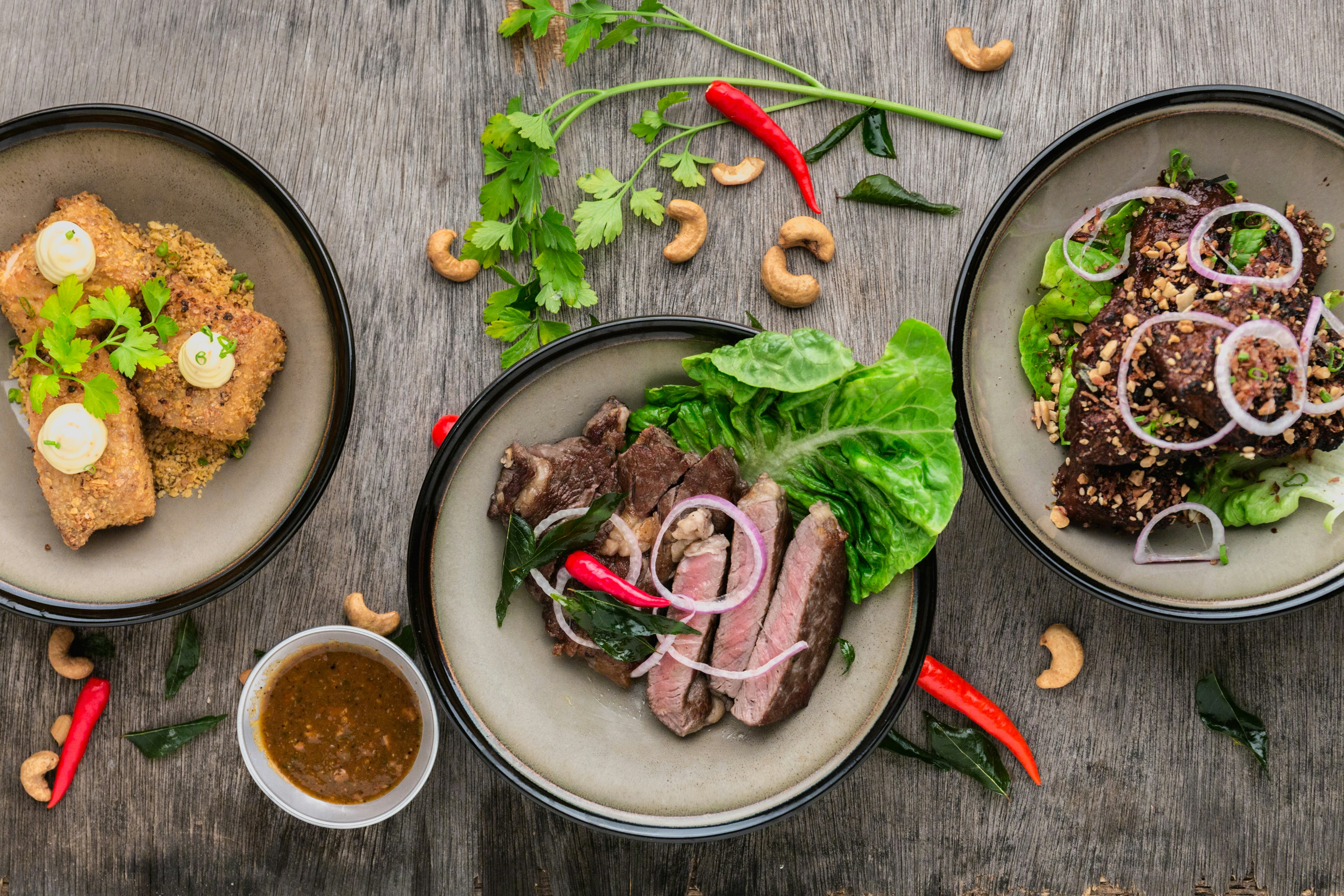
6 Portion Control Strategies For Enjoying Favorite Foods
Enjoying pizza, chips, or ice cream can fit into your routine without setting back your goals. By practicing portion control, you can savor your favorite snacks and desserts while staying on track. Measuring out servings at home or when dining out helps you make thoughtful choices and prevents overeating. With this simple method, you create room for treats without guilt, allowing balance in your eating habits. Over time, this approach supports lasting changes that feel natural and easy to maintain. Treats become part of a balanced lifestyle, making healthy habits feel less restrictive and more enjoyable.
Advertisement
Portion control doesn’t mean eating carrot sticks only. It’s about finding the right balance so you can fuel your body and still satisfy that chocolate craving. With the methods below, you’ll see how small shifts deliver big results. Each tactic fits into a busy schedule and keeps you on track.
Practice Mindful Eating
Paying attention to taste, texture and hunger cues makes each bite count. When you slow down, you notice when your body signals fullness. That helps you stop before you go overboard.
- Chew thoroughly. Aim for 20–30 chews per bite to unlock flavor and reduce calories.
- Put utensils down. Holding a fork or spoon forces you to pause between bites.
- Remove distractions. Turn off the TV or silence your phone to focus on the meal.
- Rate hunger. Check in midway to see if you’re still hungry, then decide if you want more.
Instead of wolfing down food, you train your mind to track satiety. Once you practice a few times, you’ll recognize subtle signs that you’re satisfied. That way, you avoid the discomfort that comes after finishing an oversized portion.
Measure Portions with Everyday Tools
You don’t need a fancy scale to get portions right. Common kitchen items help you eyeball servings with confidence.
Use your hand as a guide: a palm-size piece for protein, a cupped hand for carbs, and a thumb for fats. Measuring cups work well for pasta, rice or beans. Swap in a 9-inch dinner plate and fill half with vegetables, a quarter with lean protein and a quarter with carbs. These visual cues cut down guesswork.
Implement Plate and Portion Guides
Setting a framework on your plate guides you toward balanced meals. Simple templates prevent piling on extra helpings.
- Half-Plate Veggies: Fill 50% of your plate with leafy greens or colorful veggies first.
- Lean Protein: Reserve 25% for chicken, fish, tofu or legumes to build muscle and keep energy levels steady.
- Whole Grains or Starchy Veg: Fill the last 25% with brown rice, quinoa or sweet potato for lasting fuel.
After mastering the plate guide, apply it to snacks. For example, pair an ounce of nuts with a small apple or carrot sticks. These combos curb hunger without extra calories.
At restaurants, split an entrée or ask for a to-go box right away. Portion out half before you dig in. This double-duty method controls calories and gives you lunch for tomorrow.
Plan and Prep Meals in Advance
Cooking in batches takes the temptation out of last-minute orders. Reserve a few hours to chop veggies, grill proteins and portion meals into containers. Store them in clear bins so you pick the healthy choice first.
When time is tight, you avoid grabbing oversized portions from takeout menus. Ready-to-eat meals make it easy to control servings and track intake. Think snacks too: pre-portion trail mix into snack-size bags or measure hummus into small cups paired with veggie sticks.
Balance Treats with Nutrient-Dense Foods
Allow yourself occasional indulgences to prevent binge episodes. Plan treats alongside fiber-rich and protein-rich foods to keep blood sugar stable.
- Pair two squares of dark chocolate with a handful of berries to enjoy sweetness and nutrients in one.
- Add a side salad to your burger order so greens fill part of your plate.
- Mix a spoonful of ice cream into a smoothie bowl topped with granola and fruit.
- Use high-fiber tortillas for tacos and add salsa-packed veggies to boost volume without extra fat.
Combining treats with nutrient-dense items helps you satisfy cravings and improve your health. You’ll feel more satisfied and less likely to overeat later.
Track Progress and Make Adjustments
Keeping a quick log of what you eat and how you feel helps you identify patterns. Use a simple notebook or a smartphone app to jot down portion sizes, hunger levels and mood. The data highlights areas to improve.
If your energy dips in the afternoon, note what you ate at lunch. Maybe the meal lacked protein or healthy fat. If you catch yourself grazing mindlessly in front of the fridge, track that too. Once you recognize triggers, swap in satisfying options like yogurt with nuts or sliced turkey roll-ups.
Review your log weekly to celebrate progress and adjust portions. Small changes, like trimming carbohydrate servings or adding a vegetable side, add up over time. This steady feedback helps you stay on course.
Applying these methods makes portion control feel natural rather than punishing. You enjoy every bite without exceeding calories or nutrients.
Choosing smaller portions and balanced meals improves your eating habits. Enjoy your favorite foods while staying energized and seeing positive results.
Advertisement